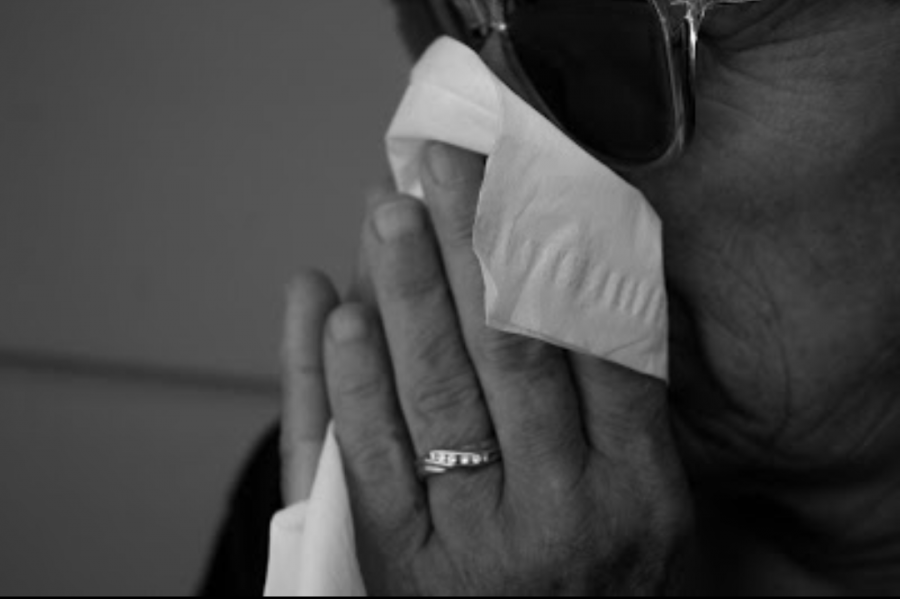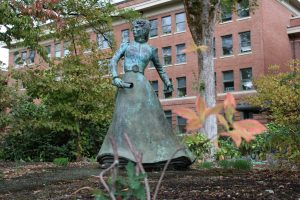Symptoms of coronavirus and other health conditions, and procedures to follow
April 15, 2020
The prevalence of coronavirus has made us far more cautious about our physical interactions with others. Social distancing has evolved into a new habit, and it is a necessary practice in compliance with the law to contain the virus for the health and safety of ourselves, loved ones, and the community. In addition to isolation measures, we should also be well informed on how to sight signs of coronavirus, recognize differences between coronavirus and other health conditions, and act appropriately in the case that coronavirus has been detected.
According to Centers for Disease Control and Prevention, symptoms of coronavirus range from mild to severe respiratory illness that typically involve cough, fever, and/or shortness of breath. If you or anyone you know has these symptoms, the updated Student Health Services website advises you to contact a healthcare provider, who will then coordinate with the public health department and CDC about whether further testing should be performed.
If the situation applies to a student living in the residence halls, the University Housing and Dining Services states on their website that the student should stay in their dorm. Resources to contact are your primary care physician, Student Health Services, a local emergency medical care provider, or the SHS Nurse Advice Line.
In the case that a student resident has been diagnosed with the virus, the UHDS website claims that “OSU and UHDS will work closely with Benton County Health on our response protocol. UHDS has identified spaces that can be set aside for students to move into should the need for self-isolation arise.”
Even though COVID-19 has been widespread globally, there are still other health conditions to be aware of. For example, students with allergies have been commonly mistaken as having been infected by coronavirus. As a result, it would be helpful to understand how to distinguish between them and save yourself from that embarrassment.
Common allergies include certain types of food, plants, and animals. According to Healthline, some symptoms of a mild allergic reaction are itching, rashes, and watery eyes, whereas abdominal pain, tightness in the chest, nausea, swelling, and wheezing can arise from a severe allergic reaction. People with milder cases usually have emergency medication on them, but emergency medical attention should be sought for a severe allergic reaction.
Another possibility could be the common cold. According to the CDC, symptoms for this include having a sore throat and/or a runny nose, coughing, and sneezing. Although there isn’t a vaccine for the common cold, getting lots of rest and drinking lots of fluids will help with recovery.
If you are experiencing symptoms for these or other medical conditions and are in need of help, SHS is still offering in-person clinical appointments which you can schedule by calling 541-737-9355. Their hours are from 10 a.m. to 3 p.m. Monday through Friday. A respiratory screening process has been put in place as well, which you can learn more about here.
All photos taken by OMN photographer Claire Nelson






